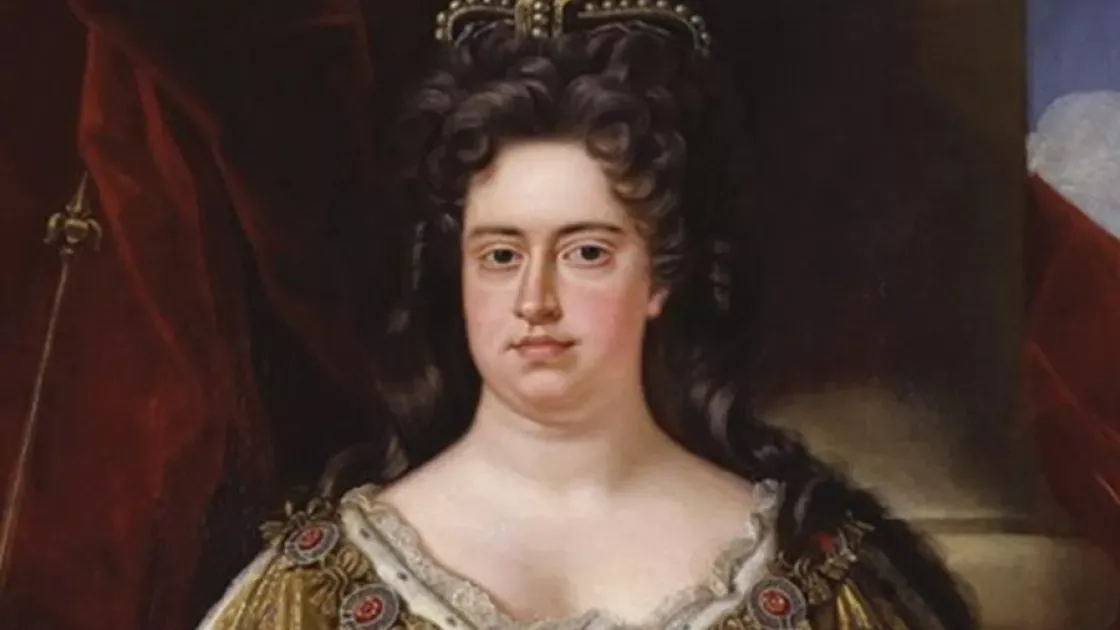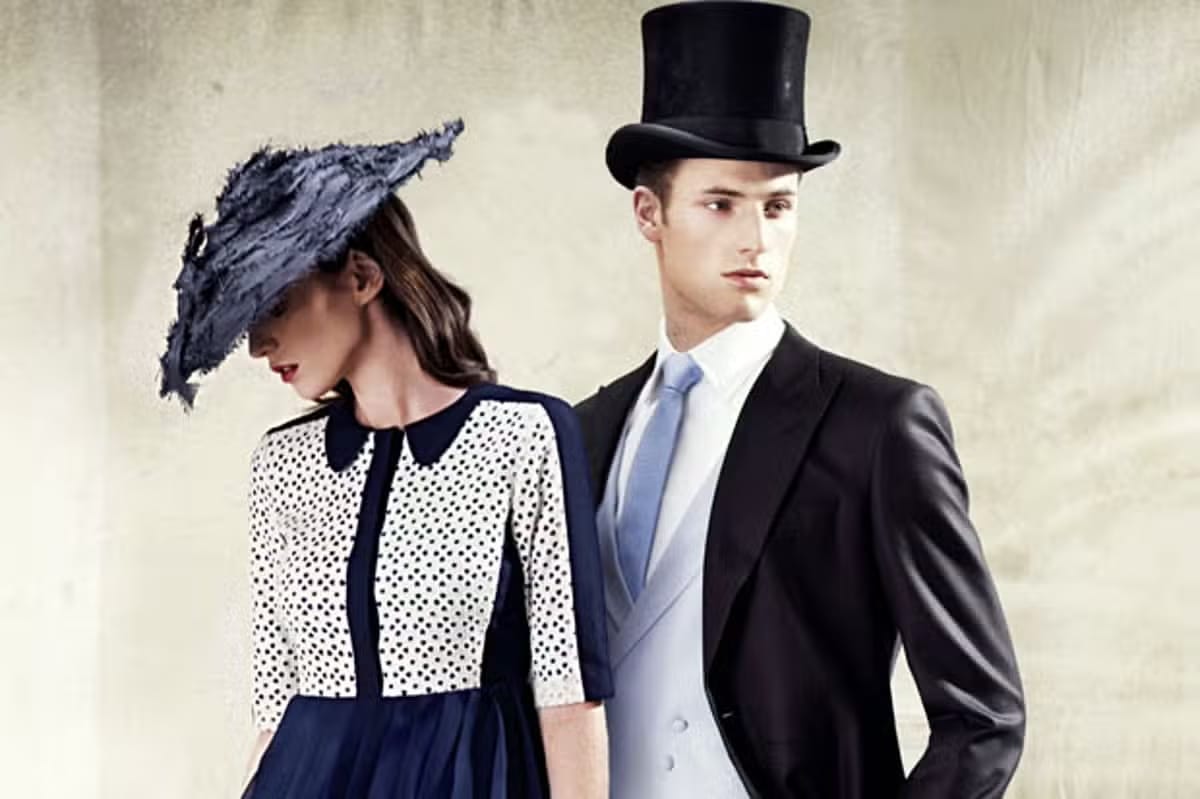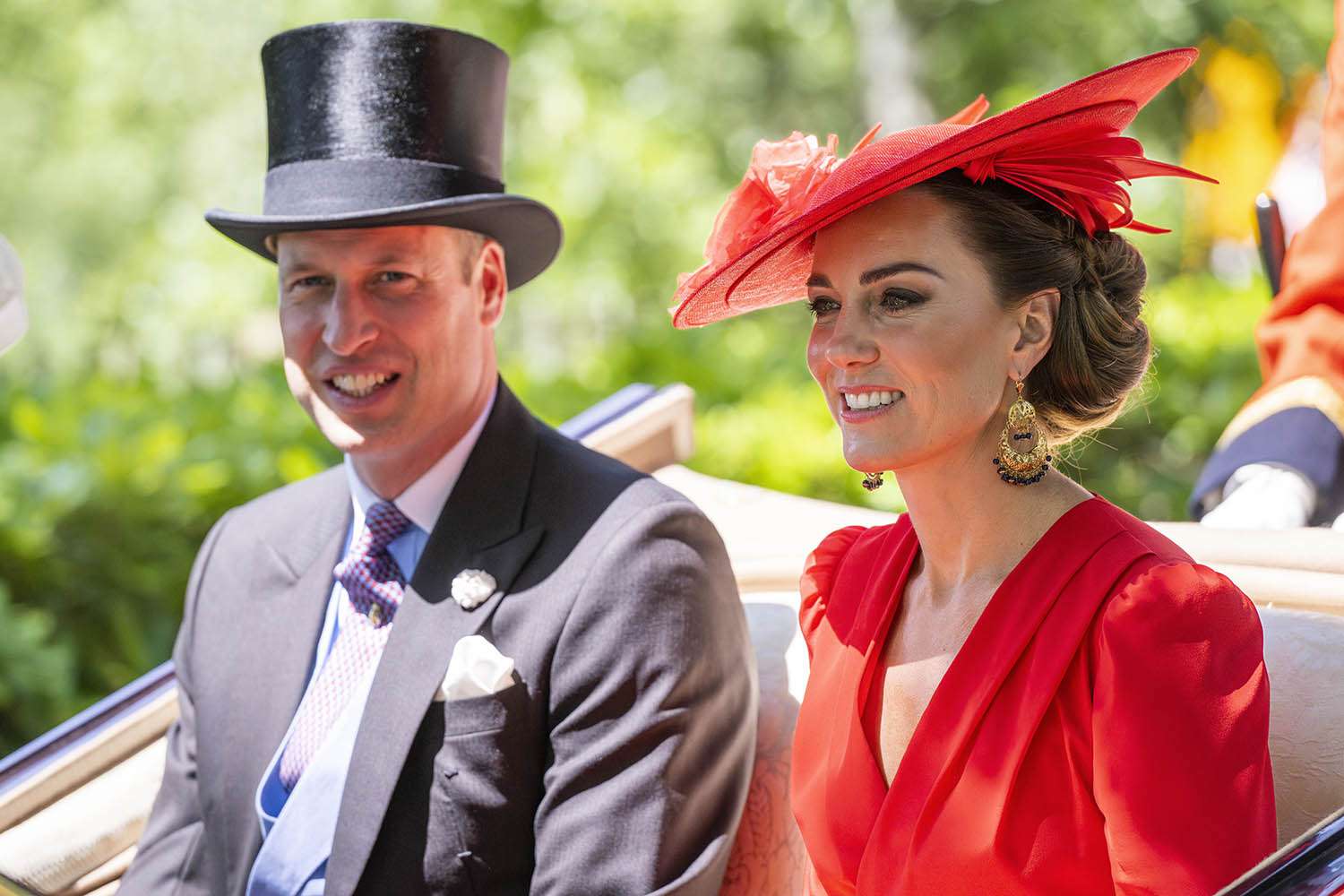Amidst the plethora of cultural events embodying the elegance and tradition of Great Britain, Royal Ascot stands as a beacon of distinction. Unfurling its legacy over three centuries, this horse race transcends mere sport, encapsulating aristocratic grace, refinement, and sophistication. Let's delve into the illustrious journey of Royal Ascot, tracing its humble origins to its current stature as a pinnacle event on the global racing and social calendar.

Early Origins
Official records trace the genesis of Royal Ascot back three centuries, to a horse ride undertaken by Queen Anne near Windsor. It was during this outing that the queen chanced upon an ideal moorland, ripe for sporting pursuits.
The inaugural competitions unfolded in August 1713, with the victor's owner bestowed a princely sum of 100 guineas by Her Majesty herself. This generous reward held considerable significance, underscored by the honor of royal bestowal.
The early races diverged markedly from their modern counterparts. Contestants comprised ordinary steeds tasked with traversing a grueling distance of over 6 km, thrice over. Victory favored not the swiftest, but the most enduring. Though the name of the inaugural victor has faded into obscurity, the legacy of George Slingsby, who erected the first stand for 1,650 spectators in 1794, endures. His craftsmanship endured for over four decades, a testament to its quality.
Ascot's ascent to prominence continued, with the inaugural Royal Gold Cup held in 1807, preceding the establishment of the four-day racing spectacle in 1768, christened the Royal Races four decades later. Legislative recognition followed in 1813, mandating the utilization of Ascot's heath for horse racing, accessible to all. A century hence, the Ascot Authority (Holdings) Limited was enshrined in parliamentary decree, assuming administrative stewardship of this prestigious affair.
Post-World War II, Ascot expanded its repertoire beyond the Royal races. The watershed moment arrived in 2003, commemorating the reign of Elizabeth II with a five-day racing extravaganza. Subsequent editions introduced diverse racing formats, including hurdles and steeplechase, enriching the event's tapestry.
Save for rare exceptions, such as during periods of national significance, the hallowed racecourse has remained open, etching its indelible imprint on the annals of equestrian excellence.
Throughout its illustrious history spanning three centuries, the racecourse has undergone notable transformations. Evolving from its humble beginnings, the hippodrome now boasts a distinctive silhouette resembling a truncated pyramid with rounded edges, a departure from its original oval shape. While the passage of time has brought about architectural modifications, the essence of Royal Ascot remains steadfast, transcending eras and epitomizing the enduring allure of equestrian excellence.

Celebration Of Style and Fashion
The grandeur of the Great Horse Race at Ascot is a spectacle steeped in history, adorned with traditions and customs that have evolved over centuries. To partake in this regal affair is to adhere to a unique set of rules and norms, failure of which may result in exclusion from the esteemed circle of attendees. The opulence and elegance of the event necessitated a staggering funding of $452 million, a record amount on the entire continent. The remarkable reconstructed structure, featuring a vast "umbrella" enveloping the pillars like towering trees, bestows upon the grandstand an unparalleled allure, captivating the attention of all who behold it.
The time-honored rituals of the royal procession endure to this day. The ancient practice of upholding a dress code at Royal Ascot was instigated by a luminary of the Regency era, a paragon of refinement and stylish demeanor. The pageantry commences with a departure from Windsor Castle, as VIPs, resplendent in their finest attire, embark on a procession through Windsor Great Park in stately carriages toward the Royal Box, where a discerning audience revels in the lavish ambiance.
The renowned dandy and confidant of the Prince Regent, dubbed "Beau," wielded influence as a trendsetter, decreeing that gentlemen attending Ascot races don black frock coats paired with white ties, tailored trousers, and, subsequently, business attire with a vest. A top hat became de rigueur, while casual headgear such as caps and baseball caps were strictly forbidden. The removal of a top hat within the confines of the Royal Box was deemed a breach of decorum, although permissible in neutral zones such as restaurants, private boxes, gardens, terraces, and balconies.
Exclusive entry to the women's section of the Royal Box is reserved for those clad in "attire acceptable for attending formal daytime events." This mandates a modest dress code, eschewing high slits, plunging necklines, open backs, bare midriffs, and miniskirts, with even spaghetti straps requiring a minimum width of 2.5 cm. A ladies' hat becomes obligatory attire, with long jackets requiring coordinated color and fabric for top and bottom.
On the third day of racing, affectionately known as "Ladies' Day," women are required to don hats that envelop a substantial portion of their heads, a stipulation strictly enforced, particularly within the confines of the Royal Box. Failure to adhere to this mandate may result in expulsion from the event, with tickets forfeited. The finer nuances of attire remain subject to individual discretion, influenced by financial means and designer creativity.
Access to the Royal Box is restricted to those bearing a designated symbol—a colored badge personally dispatched by the head of the Ascot Authority. This emblem serves as a pass granting entry to prestigious group horse races spanning five days of the event. Foreign guests are encouraged to showcase their national costumes or traditional military attire, a gentle reminder from organizers to honor cultural heritage.
In the Grandstand, an atmosphere of freedom and egalitarianism prevails. Women are urged to dress appropriately for the occasion, with hats optional. Men are advised to don shirts and ties, with a suit, though not mandatory, preferred over casual attire. While jeans are discouraged, a jacket and formal trousers exemplify the standard of style.

Royal Heritage
At Ascot, amidst the glitz and glamour of fashion, equestrianism takes center stage! This prestigious venue hosts one of the most iconic competitions of the year, drawing in crowds of up to 300 thousand spectators from around the globe. The atmosphere buzzes with competition and fervor, as horse racing transcends its role as mere sport to become an integral facet of global cultural heritage.
At the Royal Races, guests are treated to a meticulously curated program, with schedules as finely tuned as the rules governing attire. Across five days of exhilarating group racing, a staggering $4.8 million in prize money is up for grabs. On Ladies' Thursday, Her Majesty herself presents the coveted Ascot Gold Cup, alongside other prestigious accolades. Winners are bestowed with the illustrious Royal Vase encrusted with diamonds, along with a bespoke Hunting Cup crafted annually by Garrard.
While the Antique Cups bestowed upon victors of all 27 races narrate their own tale, as winners are obliged to return these historic trophies to the Ascot office each year, where they await the next champion's triumph.
The history and traditions of Royal Ascot trace a unique trajectory of development and evolution, from its modest inception in the 18th century to its contemporary splendor. This event not only mirrors the grandeur and elegance of the British monarchy but also serves as a platform to showcase the style and ethos of high society. Ascot races have transcended their sporting roots to become cultural icons, meticulously crafted showcases of elegance and refinement, where every detail—from the dress code to the architecture and organization—is meticulously considered.









